
As W.H. Auden put it, ‘If the criterion of art were its power to incite to action, Goebbels would be one of the greatest artists of all time.’ Were this true, we would be living through a modern-day Renaissance.
However, as Jed Perl argues in Authority and Freedom: A Defense of the Arts (Knopf, 2022), this is certainly not the case.
The so-called ‘culture wars’ are a polarising force. The media would have us believe that the woke ‘Left’ want to abolish ‘art proper’ for ideological propaganda, whilst the elitist ‘Right’ strive to preserve a clearly defined concept of art accessible to only the privileged.
Perl counters these inflammatory and amorphous positions by reasserting the universal nature of art. He does this by proposing the idea that art is independent from politics. In its own separate realm, he suggests, art is characterised by a dynamic relationship between authority and freedom. This argument – not entirely original, but uniquely crafted for the current artistic climate – provides a nuance on seemingly polarised positions.
A cursory read of Authority and Freedom is not recommended. Although some terms are difficult to grasp with immediate fluency, it is not possible to fully grasp the central thesis without them. Paramount to this is Perl’s concept of ‘form’, which he uses to distinguish the different types of art (fine art, poetry, fictive prose, music etc.). Within these categories of form, there are certain laws that we must learn if we are to communicate as artists. For example, we can only achieve resemblance in a portrait in oils if we first master the medium itself: untutored amateurs dabble with oil paintings at their peril.
Once we have mastered ‘form’ – the different rules that distinguish and characterise the distinct types of art – then we can begin to communicate our innermost thoughts and perceptions. In this way, engagement with form ultimately provides the means for free human expression.
Form is therefore the limit to but also the measure of freedom, constituting a boundary within which creativity thrives: ‘Artistic freedom always involves engaging with some idea of order, which becomes an authority that the artist understands and acknowledges but to which the artist doesn’t necessarily entirely submit.’ For example, musicians exercise freedom within the constraints of musical scores: ‘Interpretations, even in classical music, vary dramatically.’ Perl also illustrates this point in the context of drama: ‘Every performance of King Lear is an exploration of the possibilities of King Lear.’
Perl’s argument becomes especially pertinent to contemporary debates once this fundamental understanding of ‘form’ is grasped. Why, for example, should Western artists not allowed to appropriate work from other cultures? The artistic practice of pastiche without borders or chronology is a free exploration and affirmation of form, independent of politics.
To embark upon an imaginative joyride journey of form is exhilarating: it is a way of delving into the past to embellish artworks with glorious past treasures. Art’s magical power – the ‘irresponsible, irrepressible, liberating’ sensation – should not be circumscribed by any political filter. We cannot force someone to feel happy, sad or neutral. Emotions are immediate and inwardly uncontrollable – and this is the universal human condition.
The tension between authority and freedom (the ‘lifeblood of the arts’) is natural to this human spirit. If the rhythm of this careful balance is tipped too much either way by the dominance of authority and the erosion of freedom, or vice versa, then artistic quality is compromised. To this end, we should be suspicious of attempts to impose ideological rules on the arts: of the prohibition on certain authors against creating certain characters, or of the retrospective editing of books by ‘sensitivity readers’.
Used as a tool of authority, art becomes thinly veiled propaganda concealed beneath a moralistic mask. Perl criticises ‘the insistence that works of art … are validated (or invalidated) by the extent to which they line up (or fail to line up with) our current social and political concerns’. An observation by the American novelist Flannery O’Connor illustrates this idea: ‘“art is wholly concerned with the good of that which is made; it has no utilitarian end.”’ However, crucially, this is not to say that art cannot have an impact on the real world. O’Conner continues, ‘“If you do manage to use it [art] successfully for social, religious, or other purposes, it is because you make it art first.”’ In this vein, Perl argues that art proper is neither elitist nor alienated from real life. Rather, its independence is the key to its relevance because it is implicit and timeless. To make art requires courage. The discipline of form provides a space for free exploration of thought and feeling. Once completed, the artwork is severed from the umbilical cord of its creator and thrown into the world to live its separate life.
Artistic creation is therefore the exercise of godlike powers. In recent years, however, the idea of the ‘Great Artist’– understood to be a singular creative genius – has been criticised and ‘deconstructed’. Calls for the redistribution of power have underpinned a shift towards artistic collectives (seen, for example, in the sharing of the Turner Prize), an emphasis on oppressed identities as conferring the prime artistic value, and the conflation of the artist’s moral behaviour with the aesthetic value of their work.
To counter this trend, Perl redefines the artist as a creator: a single-minded individual who dutifully dedicates themselves to art because it is a calling that comes from within, rather than a political programme imposed from without. Immune from transient whims and demands, the artist pursues a lifelong vocation to become fluent in a language which is uniquely their own, but comprehensible to all.
Both historically and at present, this artistic vocation is typically an option only for those who can escape the daily demands of reality – or, at least, be willing or able to take short-term risks, including the absorption of associated costs. When immediate demands or material limitations invoke too much authority, that crucial alchemical balance is poisoned, and the creative flow is interrupted.
However, Perl does not suggest that only the elite can produce ‘great’ art. Thankfully, given the current emphasis on ideologically-driven equality, diversity, and inclusion policies, there is another way forward. By recognising and removing the obstacles which impede uninterrupted artistic creation and the academic exploration of form, we can revive ‘great’ art in a way that is more widely accessible than ever before.
The removal of such barriers amounts to the recovery of human agency, and faith in the idea that everyone has something valuable to express.
The diverse examples and voices Perl invokes add support to this message, even if they obfuscate the book’s already diffuse structure. If we are living at a time when art has been desecrated by the demand for political relevance, artists must be mobilised with a manifesto or call to action. Towards such a manifesto, Perl’s book offers no easy assistance. Indeed, this is the great paradox: Perl argues that the immediate relevance of art is a risk to its applicability, but his beautifully written text is itself very artful.
Theoretical intricacies aside, the artist or general arts enthusiast will surely be left with a changed perspective. Perl’s short book is a refreshing take on culture today built on the authority of the past, all the while providing guidance for the future.
This paradox reinstates the central question: should art be revered for its didactic power, or does its greatness inhere within its implicit and timeless potential? Perhaps it is up to the reader to decide.
Enjoy this article? Subscribe to our free fortnightly newsletter for the latest updates on freethought.


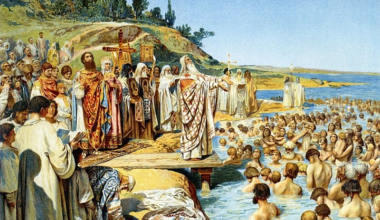
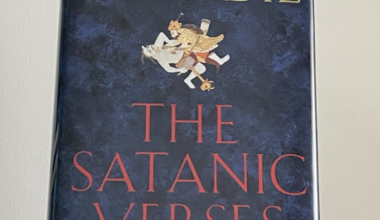

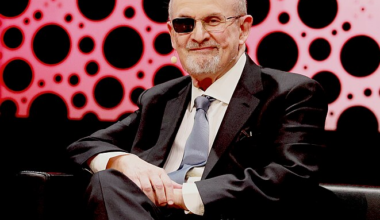
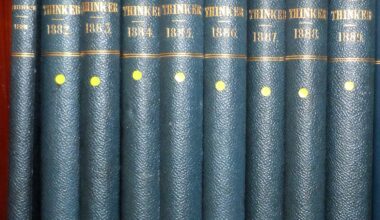
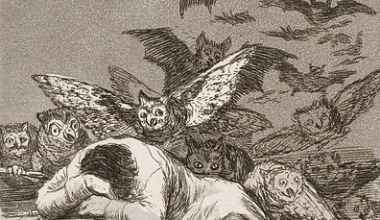
Your email address will not be published. Comments are subject to our Community Guidelines. Required fields are marked *
Donate